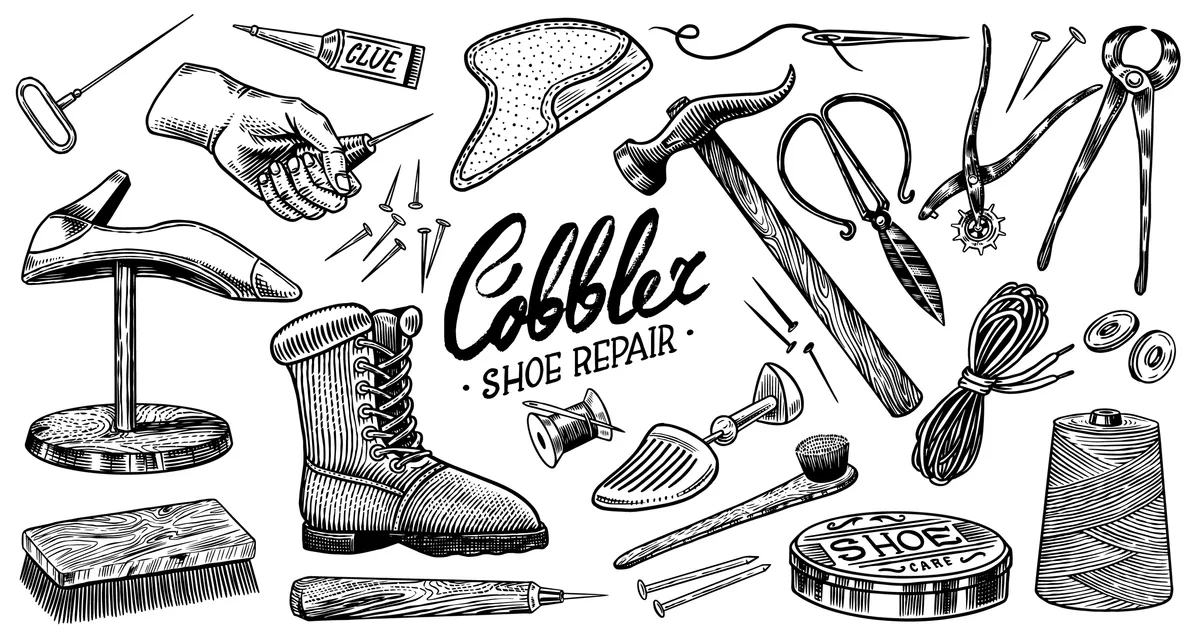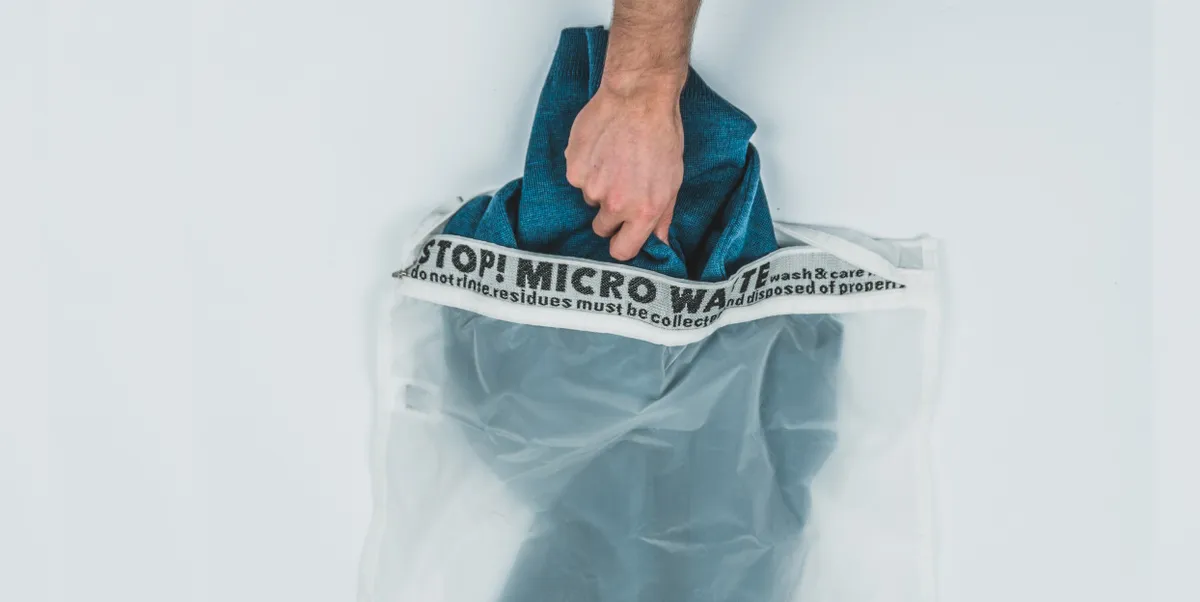You love the outdoors. You want to protect it for future generations. So would you be surprised to learn that your favourite rain jacket – the one you wear hiking – probably contains toxins harmful to the environment?
Here is our green outdoor gear buyer's guide to help you make more environmentally ethical choices when it comes to replacing or buying new kit.
Back in 2012 Greenpeace publicised the fact that many outdoor gear companies use harmful chemicals known as PFCs in the manufacture of their kit. That includes clothing, tents, rucksacks and boots.
And they later found that PFC pollution has spread to some of the most remote places on Earth.

That’s bad news because PFCs – perfluorinated compounds – biodegrade very slowly in the environment – if at all. They are potentially here for good.
What is the problem with waterproof fabrics?
The problem for outdoor gear makers is that PFCs are devilishly useful in waterproofing fabrics. They help gear makers to create fabrics that breathe, allowing air in and out, while repelling water.
Harmless alternatives appear to be hard to come by. For this reason many other outdoor firms still use PFCs. These include companies with carefully cultivated green reputations – such as Patagonia, who once planned to go PFC-free in 2020, but are still developing a replacement technology.
Other leading brands have successfully introduced PFC-free waterproof fabrics, or gone entirely PFC-free, among them Vaude, Jack Wolfskin and Fjallraven. Still others are in the process phasing out their use – this year, Deuter packs go PFC-free, for example.
Meanwhile Paramo, one of whose jackets is pictured in the image at the top of this story, say they have always used PFC-free fabrics.
All of which highlights the fact that even apparently innocent things like buying a rain jacket can have an environmental impact.
If you want to make consumer choices that minimise harm to the planet, there are no easy answers. But here is some food for thought.

Do I need to buy new?
Most of us love getting new stuff. But the clothing industry – of which much outdoor gear is of course part – is one of the most polluting in the world, responsible for 10 % of annual global carbon emissions, more than all international flights and maritime shipping combined.
So before you buy, ask yourself: can your existing jacket be repaired instead, or reproofed to restore its water repellency? Can those worn boots be re-soled?
Not confident enough to repair yourself? Then bear in mind that some brands operate a repair service for their own gear, including Patagonia and Paramo.
If your gear is beyond repair, it has never been easier to buy good quality second-hand kit, thanks to online marketplaces such as eBay.
And while you’re at it, if you have some good quality gear you no longer need, why not give it away or sell it on, and let someone else make use of it, instead of buying new?

Try to buy gear that will last
If you have to buy, go for the best you can afford. Ask whether it seems durable enough to take years of wear.
• Avoid this year’s trend – or you might be sick of it by next year. Instead go for colours you’ve always loved, and probably always will. Or go for a neutral hue, and accessorise with on-trend colours.
• Be conservative with size – not aspirational. That way something is likely to fit you for longer.
• Check whether your object of desire can be repaired – especially zips. Can those shiny new hiking boots be re-soled in the future – re-using the uppers?
Go for green materials
Polyester is made using fossil fuels, including petroleum and coal, and production requires a lot of energy; the CO2 emissions of a polyester shirt are about double that of cotton.
To cut your carbon impact, look for fabrics made from recycled polyester – they have a 32% lower CO2 cost than virgin polyester. There’s a win.
Look out for clothing with the Bluesign emblem – which is awarded to sustainably produced fabrics. But note that this label can be displayed for including only a small amount of sustainable fabric in the garment. Check what proportion is actually sustainably produced.
It may be more expensive, but organic cotton also has a reduced impact on the planet: among other benefits, it’s produced without the use of pesticides.
Merino wool base layers have natural antimicrobial properties, remain fresh-smelling even after wearing for days – so you don’t have to wash so often, saving on water and electricity use. And they are made of natural fibres that biodegrade.

Can I reduce plastic pollution?
The yarn most commonly used in outdoor clothing – the aforementioned polyester – gradually sheds microplastics into the environment in the form of tiny fibres, especially when washed. A single 6kg mixed domestic wash has the potential to release as many as 700,000 fibres of all kinds.

To reduce the release of microfibres, consider washing your gear in a special bag like the one above, made by Guppyfriend, to catch fibres before your machine pumps them into the drain… and eventually out into the ocean.
Take care of your kit – repair where possible
Needless to say, you can extend the lifespan of your gear by looking after it.
Love your walking boots. Among other things, they should be kept clean; dry leather ones slowly so they won’t crack.
Many waterproof jackets need regular washing in special cleaning fluids (tech-wash) and reproofing to restore the water-repellency. If you leave your jacket too long before doing this, it may never regain its effectiveness. Storm Care, Nikwax and Granger’s are among those selling PFC-free tech-wash and reproofer. Storm Care also use recyclable aluminium bottles.
And finally...
This all requires a kind of methodical approach that doesn’t suit everyone… but you never know, you might actually find it quite satisfying.
